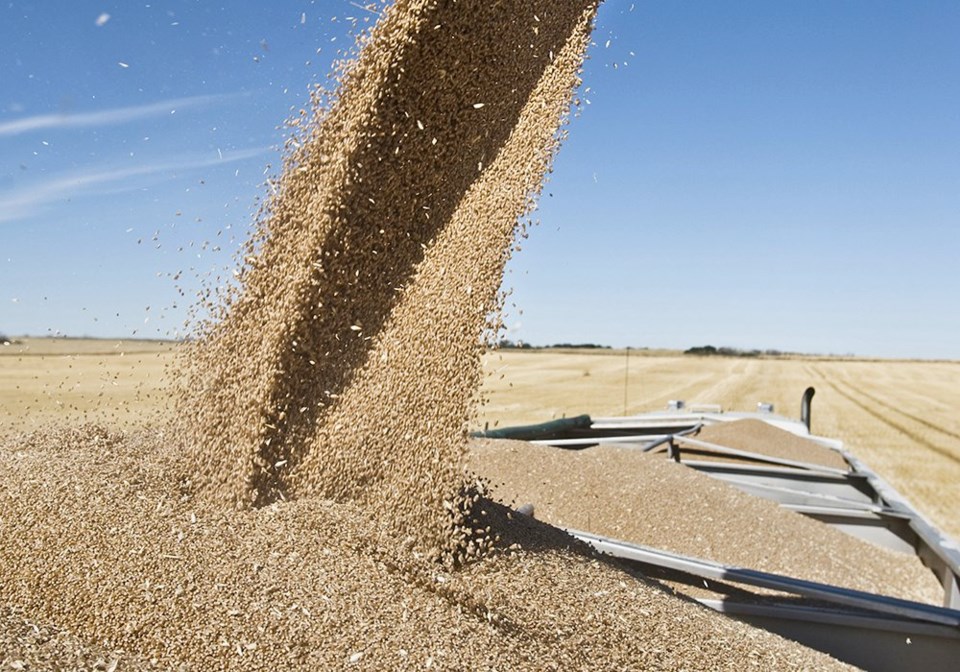For months, crop traders positioned themselves to profit from falling prices and now face risk if something happens to cause prices to rise.
In market talk, the trade is net short and from a technical standpoint they are in oversold territory.
It is a scenario that could trigger a sudden move higher if Mother Nature decides to get nasty and upset the market consensus about ample grain supply.
The trade in recent months sold contracts at what were higher prices and made a profit by buying those contracts back at today’s lower prices.
When they start buying to lock in those profits, the price starts to rise.
It could be a gradual recovery if the trade is merely reducing its risk exposure as seeding time approaches. Or it could be a rapid recovery if there is a serious threat to supply, such as a flash drought or a new war.
A short covering rally does not necessarily cause prices to soar, but it often provides a bump higher that helps crop producers.
For months we’ve been wondering what would be the trigger for a short covering rally. Would it be a weather shock like a thaw-freeze that increases kill in winter seeded crops, or a deepening drought in 小蓝视频 America or perhaps something related to the Russia-Ukraine war?
So far, nothing has rattled the market.
Certainly , issued March 8, provided no shock.
Crop futures edged slightly higher in the hours following the report, but the increase might have been a sign of relief that at least the report didn’t add to the perception of ample crop supply.
The closely watched forecast of Brazil’s soybean crop was trimmed, but the USDA did not drop it as much as the trade expected.
The USDA number now stands at 155 million tonnes, down one million from last month, but the average of trade expectations was 152.28 million tonnes.
As of March 1, Brazil had harvested 48 percent of its soybean crop, up from 43 percent at the same point last year.
Local Brazilian forecasts are significantly lower than the USDA’s. Brazilian food agency Conab in February pegged the crop at 149.4 million tonnes and Michael Cordonnier expects 145 million tonnes.
But Brazilian forecasters often report their crop is smaller than the USDA’s number.
For example, Conab pegged the 2022-23 crop at 154.6 million tonnes and the 2021-22 crop at 125.5 million while the USDA put 2022-23 at 162 million and 2021-22 at 130.5 million.
So while USDA might again make a modest cut to its Brazilian soy forecast, it probably won’t make a big cut to get down to match the Brazilian domestic forecasts.
The USDA left its forecast for Brazil’s corn production unchanged at 124 million.
For Argentina, it increased its forecast for corn by one million tonnes to 56 million, while soybeans were steady at 50 million tonnes.
As traders digested the latest USDA forecasts, they were also assessing news that China had cancelled orders for American soft red wheat.
This is another example of crop importers putting off buying or purchasing only immediate needs in the expectation that the long decline in crop prices will continue. If they wait another month, they’ll likely be able to buy their needs at a lower price.
Recent tenders from North African and Middle Eastern wheat importers have shown that Russian sellers are willing to drop their prices ever lower to get the business.
Consultancy Dovecot estimated Russia exported 4.1 million tonnes of wheat in February, shattering Russia’s previous February export record of 3.6 million set in 2021.
Earlier I noted that one trigger for a short covering rally could be weather. The winter in much of the Northern Hemisphere was mild. Winter crops in Russia and Ukraine benefited from that, but in western Europe, particularly in France, excessive rain accompanied the warmth. French winter wheat is suffering and spring planting is delayed.
The opposite is in play in North Africa, where hot, dry conditions will likely again lead to poor winter cereal production, similar to last year.
In the United States, the Kansas wheat crop is doing well. The March 4 state crop progress report said winter wheat was 53 percent good to excellent, 34 percent fair and only 13 percent poor to very poor.
Last year at the same time, only 17 percent was good to excellent, 30 percent fair and 53 percent poor to very poor.
The most noticeable trend I’ve seen in long-term weather models for the spring into early summer around the Northern Hemisphere is warmer than normal conditions almost everywhere.
I don’t see extended drier than normal conditions.
That might mean good conditions for winter crops and an easy spring seeding campaign. However, will there be enough precipitation to make up for increased evaporation? Time will tell.




